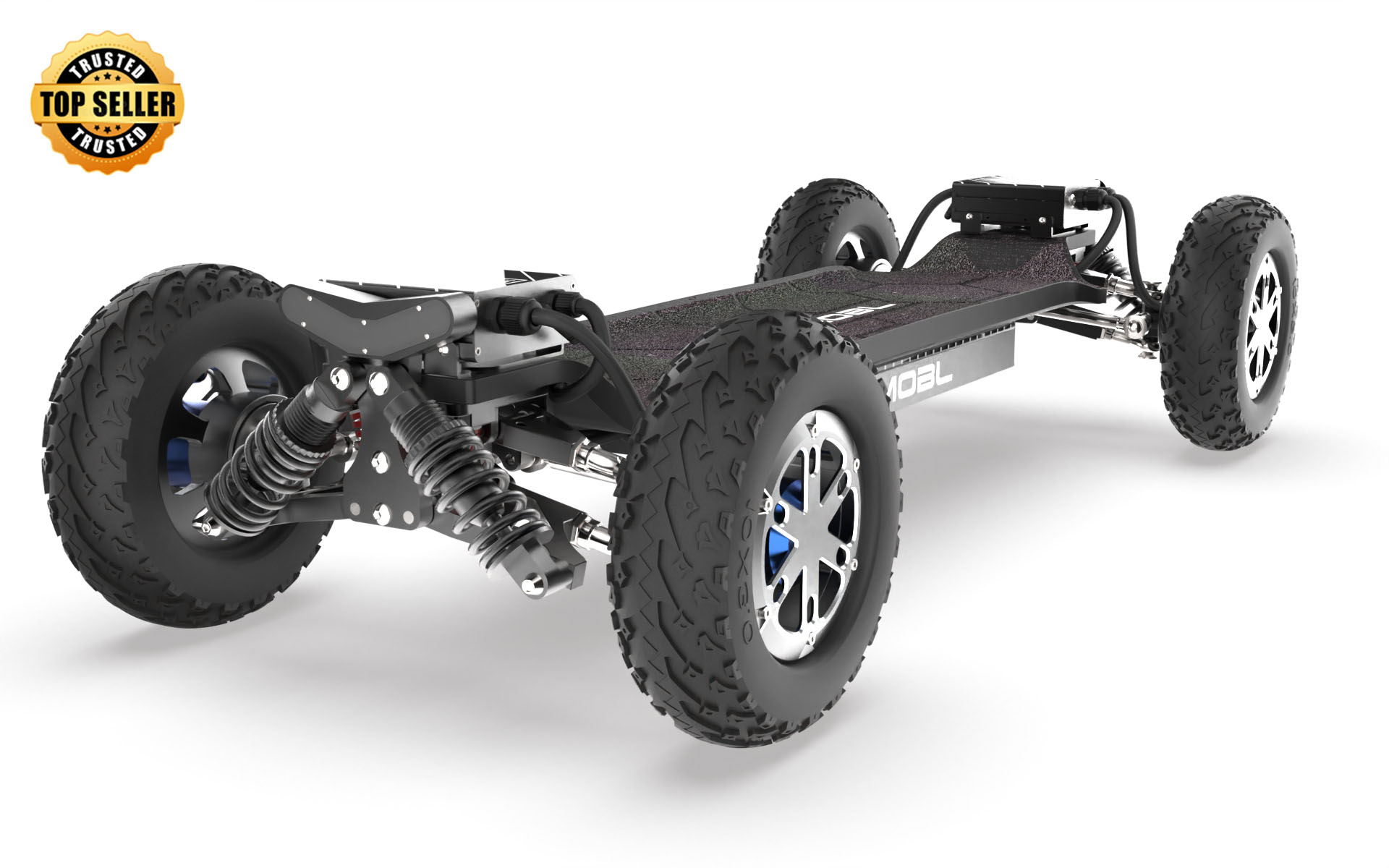Unleash Your Ride: Discover the Thrilling World of Motorized Skateboards!
Motorized skateboards have surged in popularity over the past few years, captivating both seasoned skateboarders and newcomers alike. The evolution from traditional skateboards, which rely solely on the rider’s physical prowess, to these electric marvels marks a significant shift in how we think about personal mobility. With advancements in technology, motorized skateboards now offer an exhilarating blend of speed and convenience that appeals to a variety of riders. This article will delve into the features, benefits, and comparisons between motorized and traditional skateboards, providing you with a comprehensive understanding of this exciting mode of transportation.

Understanding Motorized Skateboards
Motorized skateboards, often referred to as electric skateboards, are equipped with an electric motor that provides propulsion, allowing riders to travel without the need for pushing off the ground. These boards typically feature a rechargeable battery that powers the motor, with various options available, including lithium-ion batteries that offer both longevity and performance. The motors vary in size and power, usually measured in watts, affecting the skateboard's speed and acceleration. With the right combination of battery and motor specifications, riders can enjoy a smooth and powerful ride, making motorized skateboards a popular choice for urban commuting and recreational use. Moreover, advancements in controls, such as handheld remotes or mobile applications, have enhanced the user experience, allowing for customizable speed settings and braking systems.
Features of Motorized Skateboards
Motorized skateboards boast a range of impressive features that set them apart from their traditional counterparts. One of the most notable aspects is their speed capabilities; many models can reach speeds of up to 25 miles per hour or more, providing an exhilarating ride. The range, which refers to how far you can travel on a single charge, varies greatly between models and can span anywhere from 5 to 30 miles, depending on factors such as battery capacity and rider weight. Additionally, motorized skateboards are designed with various weight limits and styles, from lightweight boards ideal for easy transportation to more robust options that can handle rough terrains. Other components, like wheel size and material, suspension systems, and deck flexibility, also play a crucial role in performance and comfort, allowing riders to choose a board that fits their preferences and riding style.
Benefits of Riding a Motorized Skateboard
The allure of motorized skateboards lies in their multitude of benefits, making them a versatile option for different types of riders. Convenience is a major factor; motorized skateboards allow for easier navigation through busy urban environments, eliminating the need for physical exertion that comes with traditional boards. This makes them particularly appealing to commuters who wish to arrive at their destination without breaking a sweat. Speed is another significant advantage—motorized skateboards make it possible to cover longer distances in a shorter amount of time, ideal for those who want to enjoy a rush of adrenaline or simply get to work faster. Moreover, these boards cater to a range of skill levels; whether you’re a beginner looking to explore or an experienced rider seeking new thrills, motorized skateboards can accommodate your needs, making them an attractive option for everyone.
Comparing Motorized and Traditional Skateboards
When it comes to the experience of riding, there are clear distinctions between motorized and traditional skateboards. Traditional skateboarding relies heavily on the rider's skill and physical exertion; riders must push off the ground to gain momentum, requiring a certain level of fitness and balance. In contrast, motorized skateboards allow riders to focus more on steering and control rather than physical effort. This can be particularly advantageous for those who may struggle with the physicality of traditional skateboarding. Moreover, while traditional skateboards are often associated with tricks and stunts, motorized boards offer a different kind of thrill—speed and smooth acceleration. Scenarios for use also differ; motorized skateboards are better suited for longer distances and commuting, while traditional boards might excel in skate parks and trick-oriented environments. Ultimately, the choice between the two types depends on personal preferences, intended use, and the kind of riding experience one seeks.
Exploring the Future of Personal Mobility
In summary, motorized skateboards represent an exciting innovation in personal transportation, blending the thrill of skateboarding with the convenience of electric mobility. With their impressive features, numerous benefits, and unique riding experience, it’s no wonder they are gaining traction among a diverse group of riders. Whether you’re commuting through the city or seeking an adrenaline rush on the weekends, motorized skateboards offer a compelling alternative to traditional skateboarding. As you consider your next adventure, don’t overlook the potential of these electric boards to transform the way you ride.







